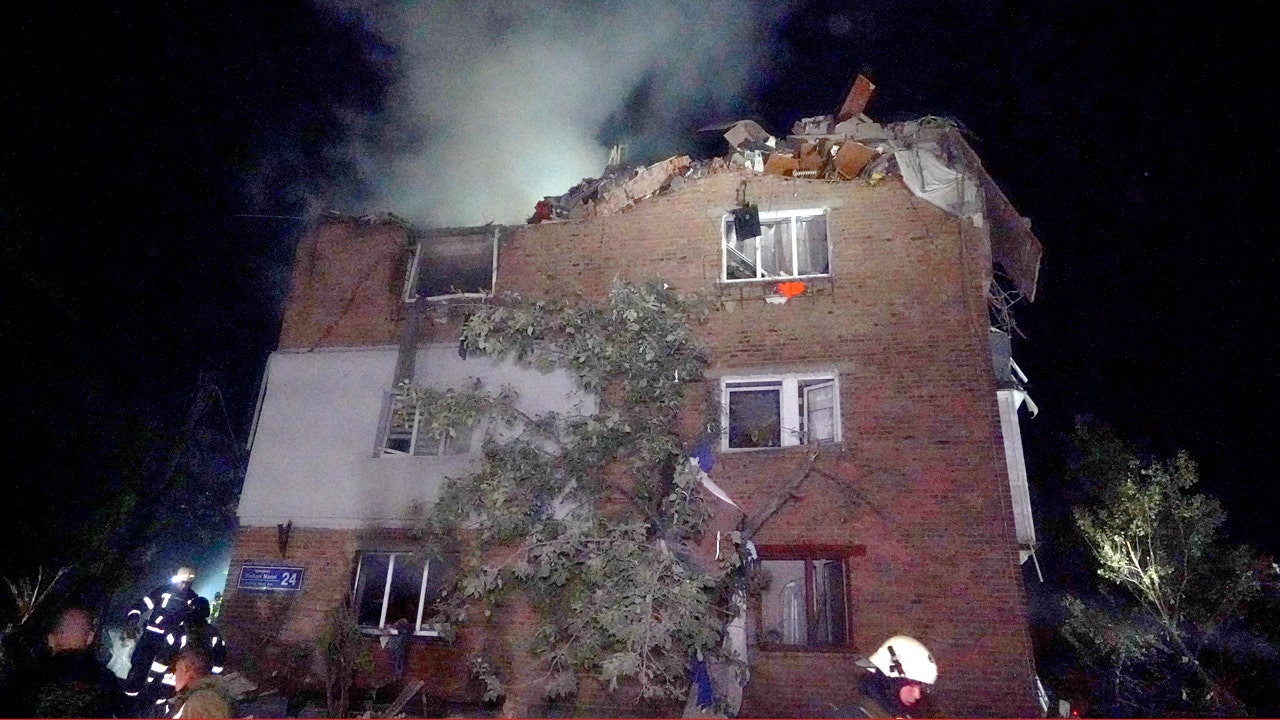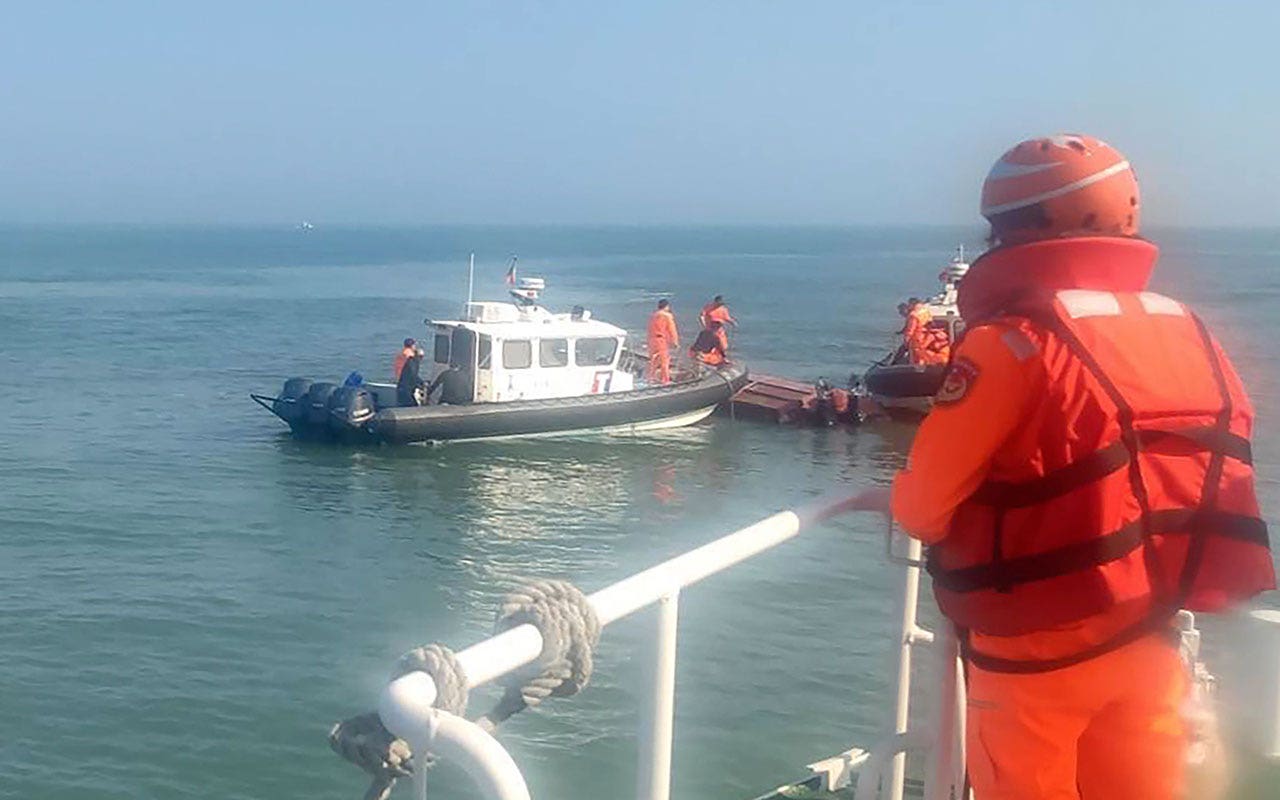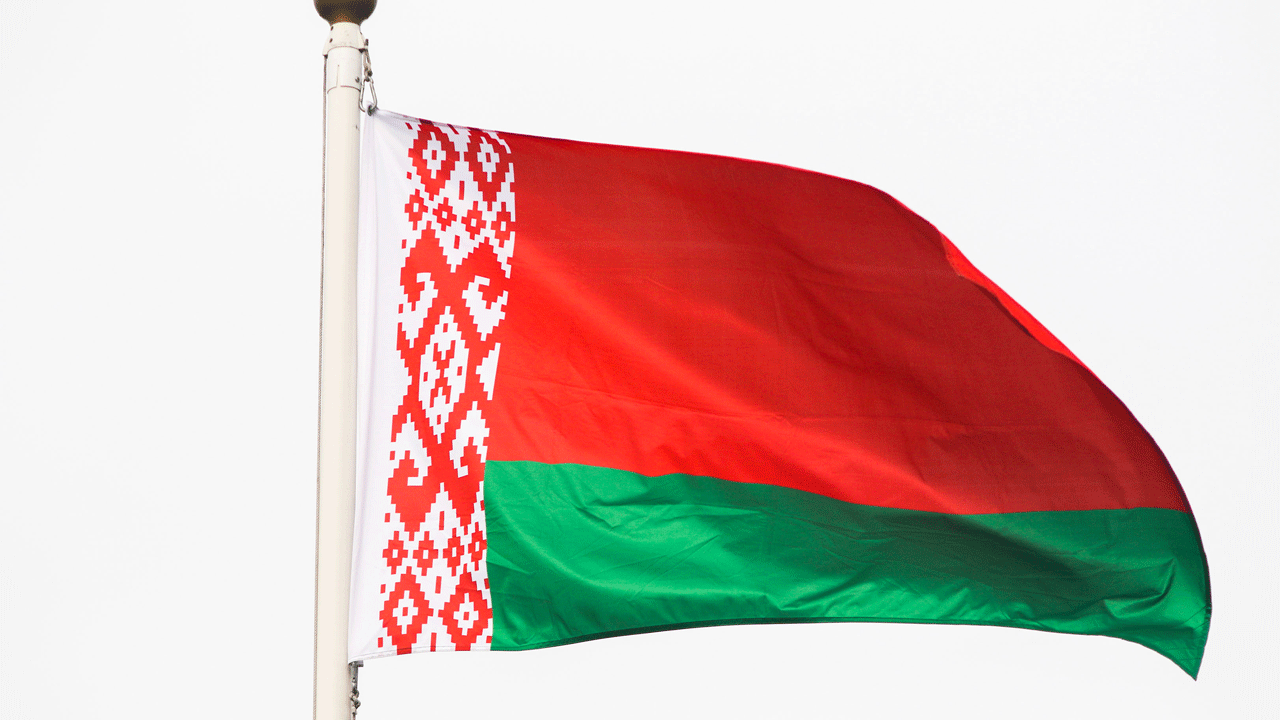- Germany said that Ukraine can use German-supplied weapons against Russian targets just over their joint border, following a similar American policy change.
- U.S. President Biden allowed Ukraine to use U.S.-supplied weapons to retaliate against Russian forces that are attacking or preparing to do so, but still does not permit their use for offensive strikes.
- Russia has been launching attacks against Ukraine’s northeastern Kharkiv region, home to the country’s second-largest city.
The German government said Friday that Ukraine can use German-supplied weapons against Russian attacks from positions just over their joint border, in a significant policy change that came a day after U.S. President Joe Biden gave Kyiv a green light to strike back with American weapons at Russian military assets targeting the country’s second-largest city.
A German government statement noted that, in recent weeks, Russia has prepared, coordinated and carried out attacks on Ukraine’s northeastern Kharkiv region, in particular from areas just over the border in Russia.
“Together we are convinced that Ukraine has the right under international law to defend itself against these attacks,” the statement said. “For this, it can also use the weapons delivered for that purpose in accordance with its international legal commitments, including the ones delivered by us,” it added, without elaborating on what Berlin called confidential agreements with Kyiv.
RUSSIA RELOCATES MILITARY TROOPS TO BOLSTER FORCES IN CRITICAL KHARKIV REGION
A Russian onslaught this month in the northeastern Kharkiv region, including a Russian aerial bomb attack on a large construction supplies store that killed 18 people on May 25, has forced the evacuation of thousands of people and has stretched Ukraine’s depleted forces in what is proving to be a critical period in the war, which is now in its third year. That appears to have prompted the change in policy among Western leaders.
The Kremlin’s bigger and better-equipped army is exploiting Ukrainian shortages in troops and ammunition after a lengthy delay in U.S. military aid. Western Europe’s inadequate military production has also slowed crucial deliveries of military aid to Ukraine.
Biden’s decision allows for U.S.-supplied weapons to be used for “counterfire purposes in the Kharkiv region so Ukraine can hit back against Russian forces that are attacking them or preparing to attack them,” one Washington official told The Associated Press.

Firefighters put out a fire in an apartment building damaged in the Russian missile attack in Kharkiv, Ukraine on May, 31, 2024. (AP Photo/Andrii Marienko)
But the officials, who requested anonymity to discuss the sensitive matter, stressed that the U.S. policy calling on Ukraine not to use American-provided ATACMS or long-range missiles and other munitions to strike offensively inside Russia has not changed.
The German announcement came hours after Russian ballistic missiles slammed into an apartment block in Kharkiv and killed at least four people in a nighttime attack.
Russia launched five S-300/S-400 ballistic missiles at Kharkiv overnight, Ukraine’s air force said. One of them struck a residential building close to midnight and was followed by another missile 25 minutes later that hit first responders, according to regional Gov. Oleh Syniehubov. At least 25 people were injured, he said.
Ukrainian officials have previously accused Russia of targeting rescue workers by hitting residential buildings with two consecutive missiles — the first one to draw emergency crews to the scene and the second one to wound or kill them. The tactic is called a “double tap” in military jargon. Russia used the same method in Syria’s civil war.
Apart from Kharkiv, Moscow’s troops are pressing in the Donetsk region further south and are assembling a force for an expected attack in the Sumy region further north, according to Ukrainian officials.
The restrictions until now on the use of Western weapons have frustrated Ukrainian officials as the military has been unable to order hits on Russian troops massing across the border — Kharkiv city is only 12 miles from Russia — or Russian bases used to launch missile attacks.
CLICK HERE TO GET THE FOX NEWS APP
The question of whether to allow Ukraine to hit targets on Russian soil with Western-supplied weaponry has been a delicate issue since Moscow launched its full-scale invasion on Feb. 24, 2022.
Western leaders hesitated to take the step because it runs the risk of provoking Russian President Vladimir Putin, who has repeatedly warned that the West’s direct involvement could put the world on a path to nuclear conflict.
But as Russia has recently gained the battlefield initiative in some parts of the 600-mile front line, some Western leaders are pushing for a policy change allowing Kyiv to strike military bases inside Russia with sophisticated long-range weapons provided by its Western partners.






